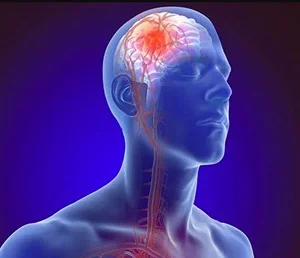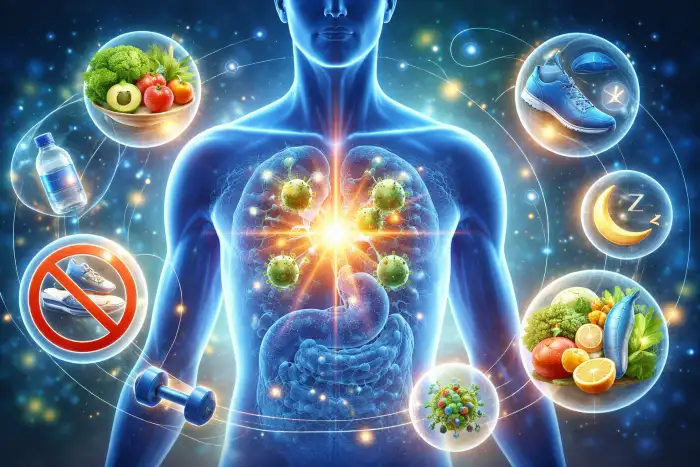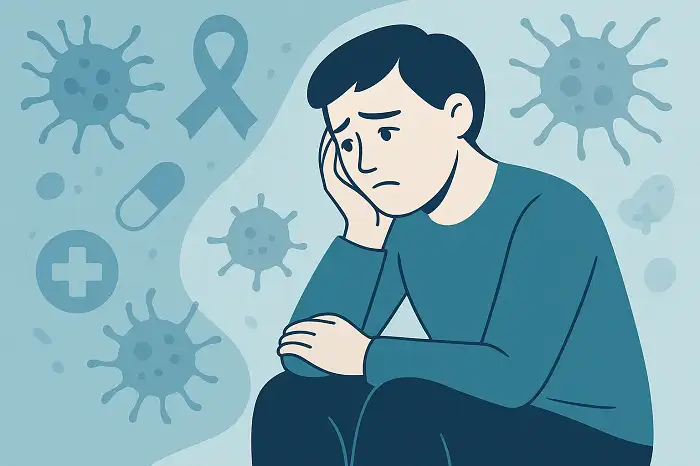English documentary on brain stroke with transcript and an embedded video for ESL learners. Improve your listening and reading comprehension and at the same time enrich your medical and scientific vocabulary in real context. Source of documentary: TED-Ed YouTube channel Listening comprehension on brain stroke https://www.youtube.com/watch?v=-NJm4TJ2it0&t=3s Reading comprehension on brain stroke Brain stroke Every two seconds, someone somewhere in the world experiences a stroke, and one out of every six people will have one at some point in their lives. Strokes deprive brain cells of oxygen and are one of the most common causes of death and a leading cause ...
Home » English Documentaries with Transcript » English Documentary on Brain Stroke 11 Tips

English Documentary on Brain Stroke 11 Tips
Updated: by Dr. Mohammad Hossein Hariri Asl
Time to Read: 6 minutes | 439 Views | 8 Comments on English Documentary on Brain Stroke 11 Tips
Share This Post
About the Author
Dr. Mohammad Hossein Hariri Asl is an English and Persian instructor, educator, researcher, inventor, published author, blogger, SEO expert, website developer, entrepreneur, and the creator of LELB Society. He's got a PhD in TEFL (Teaching English as a Foreign Language).
Number of Posts: 4236



It is important for us to know how to act as quickly as possible when such a thing happens like a brain stroke. Such a tiny thing that our own body made it can cause such a big problem.
That’s right. We can feel pain throughout our body, thanks to our brain. Yet ironically, the brain receptors are numb and senseless and they cannot detect pain caused inside itself.
This documentary was really interesting and I really like that how you get a brain stroke. When I was a kid I saw a film that was saying one man dies because of brain stroke. And like 2 years ago I’d see on internet that died from brain stroke because that The brain makes up just 2% of your body’s mass, but consumes more than 20% of the oxygen in your blood. That oxygen is carried to the brain through a system of arteries. Carotid arteries supply the front of the brain, and vertebral arteries supply the back
These are connected to each other, and divide into smaller and smaller vessels that get billions of neurons the oxygen they need. If the blood flow is interrupted, oxygen delivery stops and brain cells die. It is really bad that your brain doesn’t have any pain receptors and you well die without noticing.
Glad to see your comments are getting longer and more serious.
Feedback
* on the internet
* I had seen
Thanks doctor.
You’re so welcome.
How complicated and how precisely worked and really important our brain is. Witout dout our brain is the most sophisticated organ in our body managing our body physiology and acting as a great leader to other organs. One important fact about brain cells is that they are irriplaceble and if any injury leads to their death it leads to a permanent defect since that cell cannot be replaced by another new cell. Because of the great importance of our brain nature try to keep it safe for us as much as possible by hiding and keeping it in a very hard safebox called skull. The skull consists of several hard bones safeguard our brain to that level that minor and most intermediate and even seme major traumas cannot have deleterious effects in our brain. How fortunate we are to have such great leader in our body who is soft but nature keeps it for us so precise. But the skull like any other security system has its own disadvantages and one big problem is that it provides less room for brain that cannot be expand so any hemorrhage even a minor one within our brainb can lead to stroke with such terrible outcomes.
Thank you for your detailed comment, Dr. Hooshmand!
Feedback
* irreplaceable
* … hard bones that safeguard …
* seme = same
* such a great leader
* cannot be expand = cannot expand